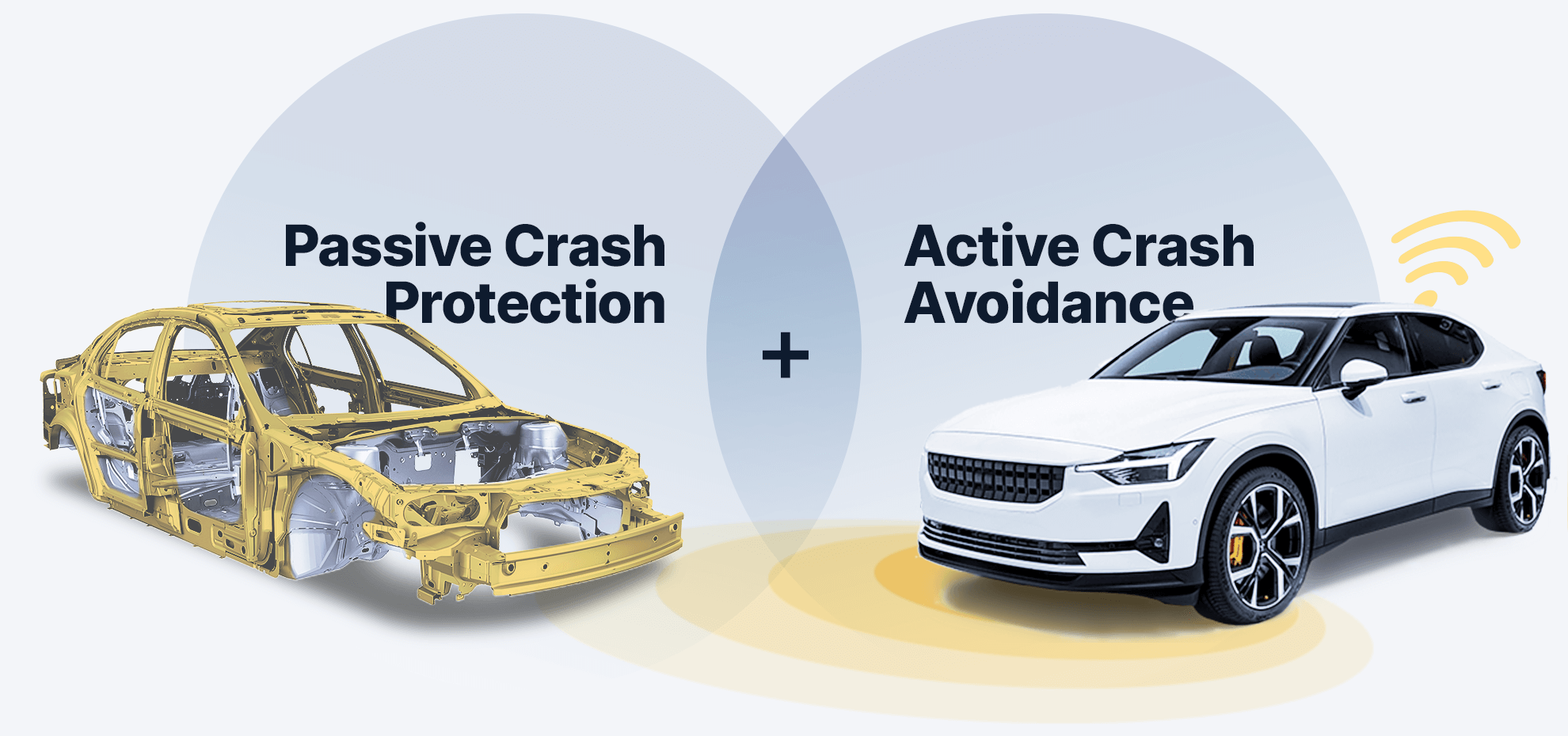Integrated Safety System
Integrated Safety System
An Integrated Safety System in automobile engineering combines both active and passive safety features to provide comprehensive protection throughout the entire duration of driving, from preventing accidents to minimizing injuries during and after a collision. This holistic approach leverages various technologies to ensure maximum safety for occupants and other road users. Here’s an overview of the components and functions of an Integrated Safety System :-
1) Active Safety feature :- Refer previous blog https://adityak2002.blogspot.com/2024/05/active-safety-features-in-automobile.html
2) Passive Safety feature :- Refer previous blog https://adityak2002.blogspot.com/2024/05/passive-safety-features-in-automobile.html
3) Post-Crash Safety Measures :- These systems help manage the aftermath of a collision:
- Automatic Emergency Call (eCall): Automatically contacts emergency services in the event of a serious collision.
- Fuel Cut-off Switch: Stops the fuel supply to prevent fires.
- Battery Disconnect: Isolates the battery to reduce the risk of electrical fires.
- Post-Crash Braking: Automatically applies brakes after a collision to prevent secondary impacts.
- Centralized Control Units: Use data from various sensors (radar, cameras, LiDAR, ultrasonic) to make real-time decisions.
- Data Fusion: Combines inputs from multiple sensors to create a comprehensive understanding of the vehicle’s surroundings.
- Predictive Algorithms: Analyze driving patterns and environmental conditions to anticipate and react to potential hazards.
- Vehicle-to-Everything (V2X) Communication: Allows the vehicle to communicate with other vehicles, infrastructure, and pedestrians to enhance situational awareness and safety.
- Parking Assistance: Uses sensors and cameras to aid in parking maneuvers.
- Traffic Jam Assist: Automates driving tasks in slow-moving traffic.
- Highway Assist: Provides automated driving on highways, including lane changes and maintaining safe distances

Comments
Post a Comment